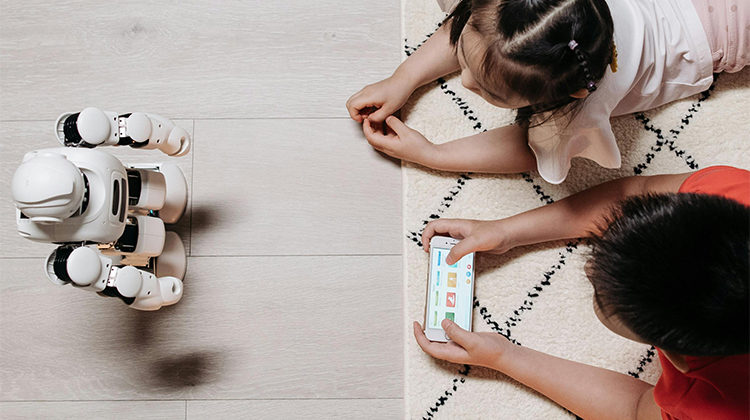GenAI will Change Homework, not Make it Obsolete

Generative artificial intelligence is affecting everything and homework is no different.
The AI can produce text, if bland, in seconds and cover off on a topic and it is a widely used tool, so embrace the change, employ AI to do the onerous stuff and drive learning through deeper research and inquiry supported by the technology.
Lynn Gribble, Associate Professor in the School of Management and Governance at UNSW Business School says GenAI represents an opportunity to repurpose homework as a more efficient vehicle for preparing students for a technologically advancing world.
“We need to move from asking students just to look something up or write something to getting them to do something with what they know,” Assoc Prof Gribble says. “We need to understand at the core of a discipline or practice what it is to be able to do that well.”
One way for educators to retain value from homework is to refocus homework and other assignments to minimise rote learning tasks and prioritise critical thinking. That may mean allowing or even encouraging students to use GenAI but requiring them to demonstrate what they learned from that process. And these tools can act as tutors, offering explanations and helping with complex subjects that might be beyond one's expertise.
Educators can set engagement rules that enable students to use GenAI as a tutor or ‘reading buddy’ but require them to demonstrate understanding during in-class discussion, or asking them to critique the AI and check for errors or provide counterpoints.
Assoc Prof Gribble considers what work a student from her class should be able to do, and focuses assignments on building those skills, even if students use GenAI to do it. “I want a student to be able to explain how context impacts organisations, and how it impacts them in organisations,” she says.
This will require “real, face-to-face, authentic assessment and evaluation, and getting students to show us the process of how they might do something,” she says.
Challenges Ahead
You have to be aware that the AI is not bound by adherence to the truth, Assoc Prof Gribble says, generative AI is “designed to give you something that’s plausible; it’s never been designed to be truthful or accurate”.
Parents and guardians should also be prepared to support their children in a GenAI era by understanding these evolving technologies, as well as school expectations and policies around how GenAI is used at home.
For students, an important part of learning will be recognising the different skill sets that will matter in an AI-assisted world, Assoc Prof Gribble says, noting that while GenAI can assist in many tasks, it is not a substitute for human creativity and insight.
“What we need to make sure as educators is that we are the storytellers; that we are the people inviting people to see how knowledge, knowledge application and critical thinking - being able to unpack assumptions - makes the world a better place,” Assoc Prof Gribble says.
Risks and Guardrails
The federal government recently released a report, following a parliamentary inquiry, with 25 recommendations for managing GenAI’s risks and opportunities, including making the use of GenAI in education a national priority, taking steps to ensure equal access and integrating AI literacy in school curricula.
According to Jihyun Lee, a Professor in the School of Education at UNSW Arts, Design & Architecture, GenAI can be an “excellent assistant” for those willing and able to use it. But it’s already creating challenges for educators, particularly in these early days as the technology develops.
“Thus far, with the uncertainty and less-than-perfect AI performances, the workload of teaching professionals to address the AI impact has increased,” she says.
“For example, many educators have reverted to in-person, paper-and-pencil tests in the classroom. I am not sure if AI can handle routine tasks accurately without close human supervision,” she says. “Researchers have also shown that AI increases intimidation and cognitive load for lower-ability students, and thus GenAI in the current form is not useful for every student.”
Introducing this technology into classrooms, and particularly homework practices, comes with other substantial risks, including significant access and data bias concerns.
Image by Pavel Danilyuk